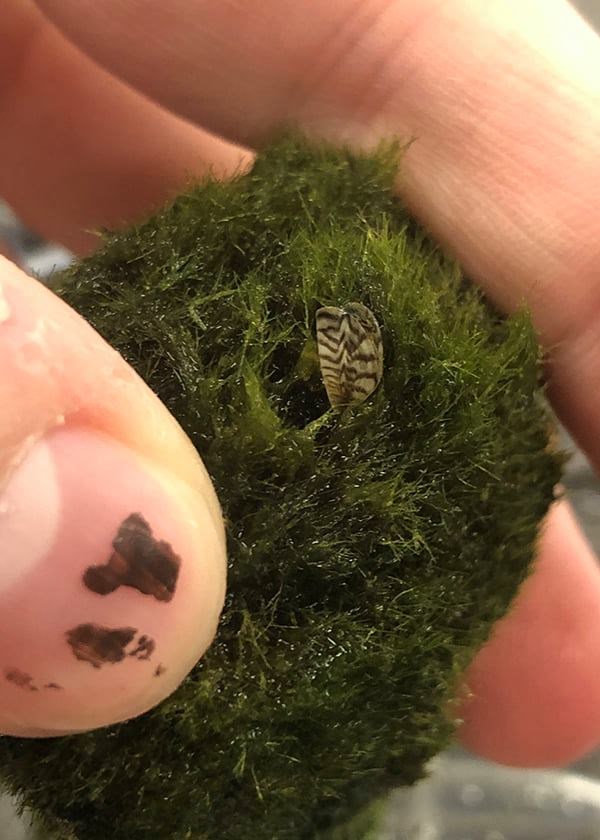The B.C. environment ministry is asking aquarium owners to check for signs of an invasive species in their tanks.
A weekend inspection of more than 600 aquatic pet and plant stores by conservation officers uncovered zebra mussels in moss balls at locations in Terrace and the Lower Mainland, the ministry said in a bulletin issued Tuesday.
The mussel is a highly invasive species and pose a major threat if released into a B.C. waterway, the ministry says.
"The tiny mussels can wreak havoc on aquatic ecosystems, salmon populations, hydro power stations and other facilities because they multiply rapidly and are extremely difficult to eradicate," the ministry said.
The moss balls, which are often sold as marimo moss balls, are species of green algae typically purchased for aquariums to improve water quality. Moss balls can also be purchased online.
Reports of mussel-infested moss balls have cropped up across western Canada and several U.S. states.
"The COS is working with ministry science experts, Canadian and U.S. counterparts, industry retailers and distributors to help prevent any potential spread of invasive zebra mussels. To date, there has been no reported introduction of live zebra mussels into B.C. lakes or waterways."
Anyone who finds zebra mussels can call the Report All Poachers and Polluters hotline at 1 877 952-7277 to report their find.
Moss balls can be safely disposed of by placing them in a sealed plastic bag and putting them in a freezer for at least 24 hours, or placing them in boiling water for at least one full minute and then let cool.
After this, place the moss ball and any of its packaging in a sealed plastic bag and dispose in the trash. Do not flush moss balls down the toilet or put them in the compost.
Once the moss balls have been removed from the aquarium, do not dispose of untreated water down the drain or into any residential water system or waterway.
Sterilize the remaining contaminated water by adding 25 millilitres of bleach per litre of water. Let the water sit for at least 15 minutes before disposing it down a household drain.
Finally, disinfect tanks and accessories.



